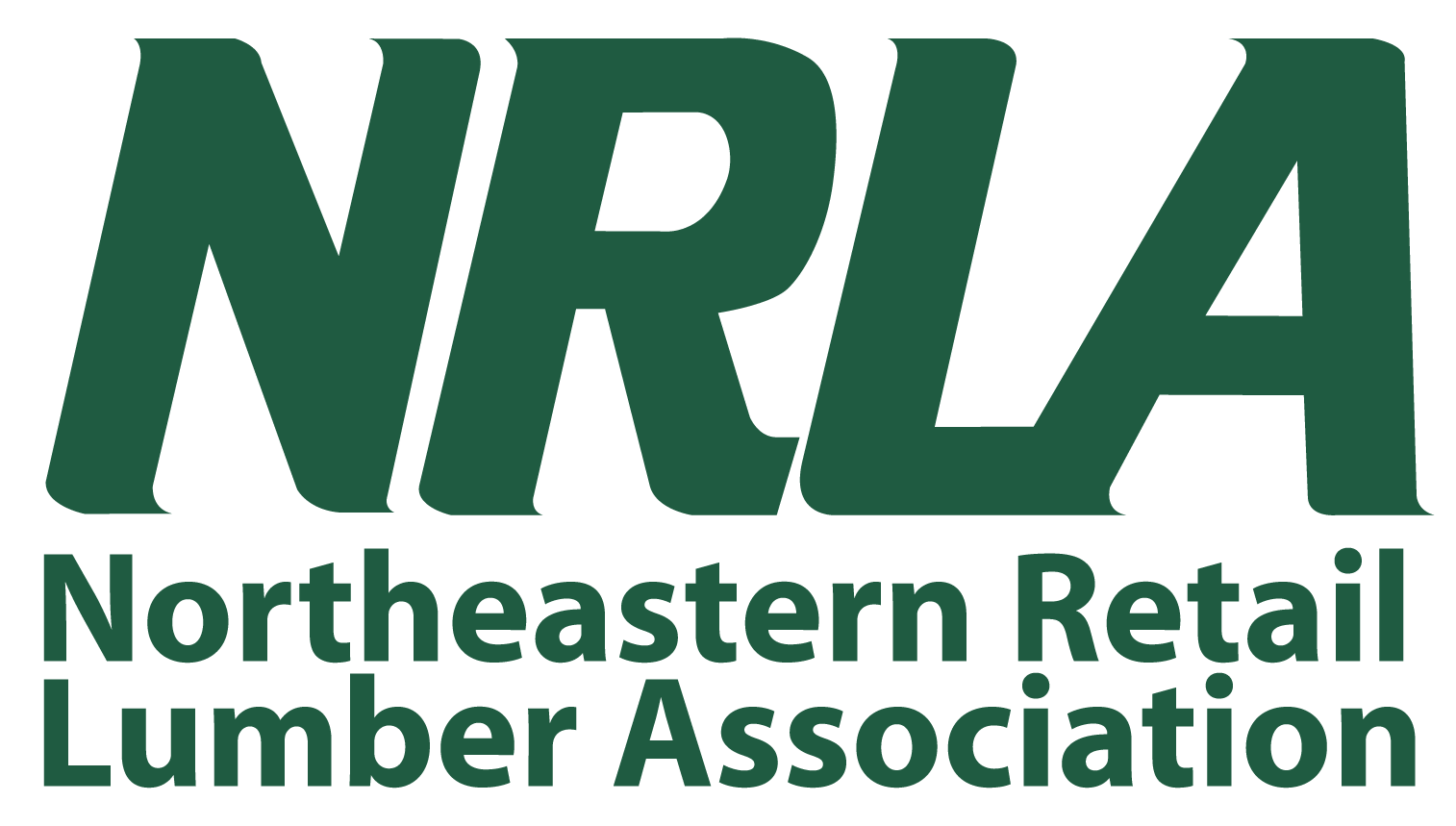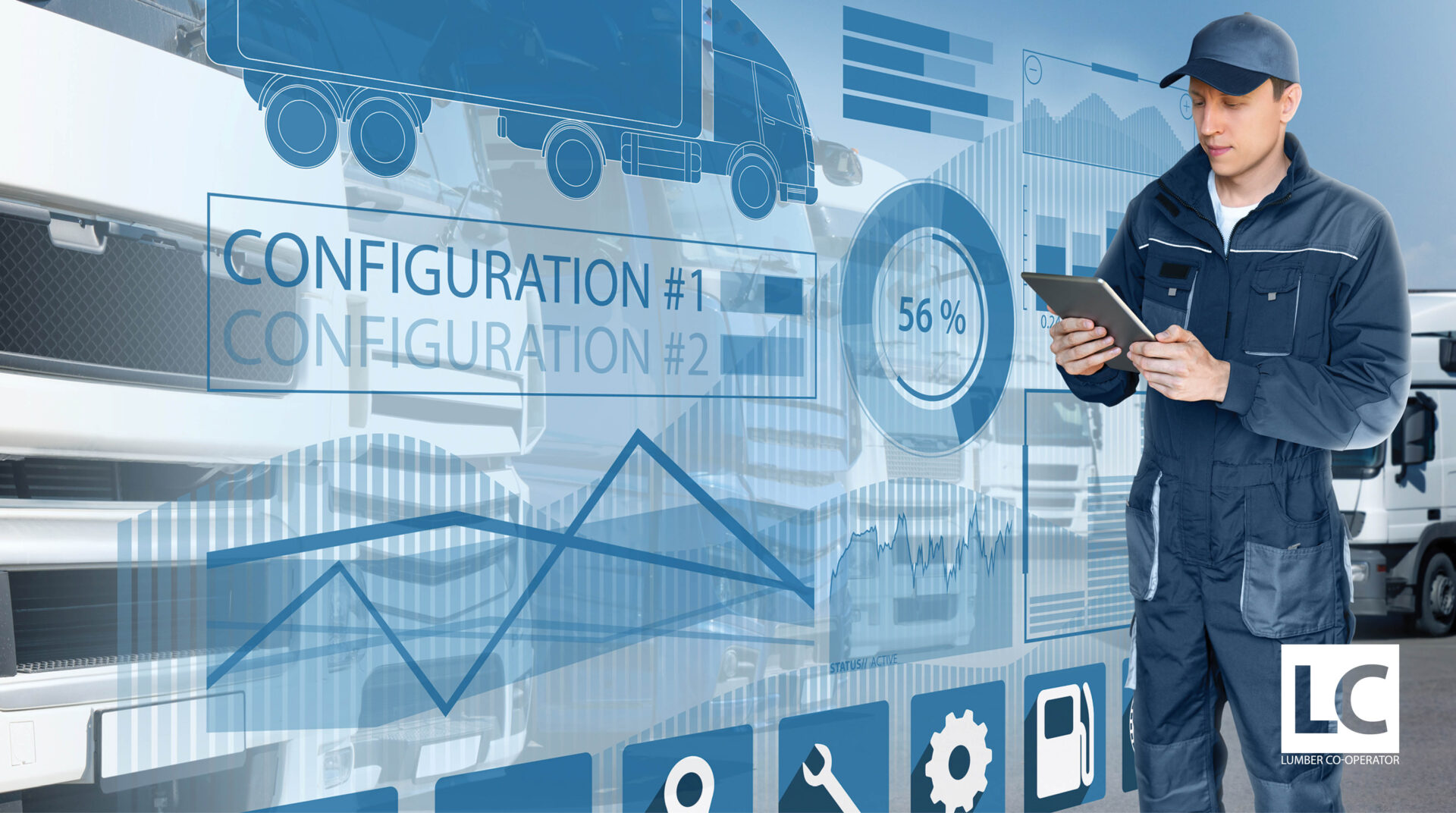When many of us think of employee safety, our minds shift toward incidents that occur in the workplace. It’s easy to forget that the main exposure for fatal incidents for workers does not occur at the workplace, but when they are behind the wheel of a vehicle.
According to the Bureau of Labor Statistics, transportation losses continue to be the primary cause of fatal events for workers, with 37.7% (2,066 fatal injuries) of all occupational fatalities in 2022 arising from transportation incidents. This appears to be a trend moving in the wrong direction, with the number of fatal incidents for workers increasing from 1,982 in 2021 to 2,066 in 2022.
With the statistics indicating more fatal injuries to workers over the past several years and a significant percentage of those incidents arising from transportation losses, it leads to the discussion on some of the measures that employers can take to improve their fleet safety and driver management to prevent such losses.
Over the past several years, we’ve seen some significant developments in fleet technology systems that have been implemented by many fleets to improve fleet safety, such as telematics and camera systems. With the demonstrated safety benefits of these systems, they are now frequently being required by insurance carriers as a condition of coverage.
The benefits of telematics systems from a safety standpoint are well established. For example, alerts on aggressive driving behaviors such as speeding, harsh braking, and other unsafe practices (which can cause or contribute to an accident) can be logged and provided to management to review with the driver to provide coaching or training to correct the behavior to prevent future losses.
Despite the significant safety benefits of fleet technology systems from a safety and driver monitoring and coaching standpoint, there does continue to be some hesitation from fleet managers, company ownership, or management due to the costs of such systems.
There are a variety of other benefits that should also be considered when weighing the cost/benefit of investing in a fleet technology system, including but not limited to:
Improving Fleet Management/Cost Reduction: Some fleet technology providers offer systems that assist in optimizing fleet management, reducing fuel consumption, improving route efficiency, and enhancing overall operational efficiency by utilizing the data collected from telematics systems.
Remote Diagnostics and Maintenance: Telematics systems can monitor the health of vehicles in real time and provide information to management on engine performance and other critical components to ensure service and repair work are completed in a timely fashion to avoid potentially costly downtime for vehicles.
Vehicle Inspections/DVIRs: Systems can include electronic forms for drivers to complete and log their pre- and post-trip inspections. No more paper forms or chasing drivers for the completed form; receive a notification to ensure that the driver completed that pre-trip inspection before they are out on the road, as well as be able to review any findings in the inspection to ensure service or repair work is completed when needed.
GPS/Location Services: Systems can be equipped with capabilities for GPS/real-time tracking of vehicles, so you always know their location. This provides benefits from a service or logistics standpoint as well as a safety standpoint. Locating a vehicle in real-time can be critical for driver safety, with potential accidents in rural areas that may not be witnessed by co-workers or other vehicles due to the remote location of the accident.
Geo-Fencing: Some telematics systems offer a geo-fencing feature that creates virtual boundaries around specific areas, triggering an alert in the system when a driver takes a vehicle outside of the specified area or into a prohibited area. Such systems can be used to create barriers around logging sites to reduce the likelihood of alleged illegal logging operations or timber trespass claims by ensuring such operations stay in a designated area.
Some providers now offer satellite-based telematics systems, which allow these systems to continue to operate in even the most rural areas; in the past, many systems relied on cell phone signals for data transmittal.
Equipment Tracking: The location services offered by some providers are available not only on fleet vehicles and trailers but may also be utilized on mobile equipment for tracking and real-time location detail, potentially assisting in locating and recovering stolen items.
Compliance Management: Telematics systems can assist in maintaining regulatory compliance by monitoring factors such as hours of service (HOS) for drivers, ensuring that they comply with legal and regulatory requirements, and avoiding potential fines or penalties.
Accident Investigation: Telematics systems can often be used to assist in the investigation and potential defense of claims by utilizing data, such as vehicle location, speed, and driver actions, preceding the incident. A camera connected to a telematics system can also provide significant benefits from an accident investigation standpoint, providing video footage of the loss.
Insurance Benefits: Some insurance carriers require telematics systems for prospective clients; others may offer discounts, credits, or preferred pricing for fleets that are equipped with fleet technology systems. If your company has not embraced fleet technology, the premiums you pay for those policies may reflect it!
The safety benefits of a fleet telematics system, as well as the potential operational and cost-saving benefits of these systems, should all be taken into consideration when deciding whether a telematics system would be a good fit for your fleet.
While there is a cost to implementing telematics systems, we’ve seen some reductions in costs for these systems and services over the past several years. With more providers in the industry and improved technologies and services, the cost of these systems may not be as much as you think!
Want to read the full March 2024 issue? Click here.
Subscribe to receive the digital LC.
Scott Mead is a loss control technical specialist for Acadia Insurance. Acadia is pleased to share this material for the benefit of its customers. Please note, however, that nothing herein should be construed as either legal advice or the provision of professional consulting services. This material is for informational purposes only, and while reasonable care has been utilized in compiling this information, no warranty or representation is made as to its accuracy or completeness. Recipients of this material must utilize their own judgment in implementing sound risk management practices and procedures.







